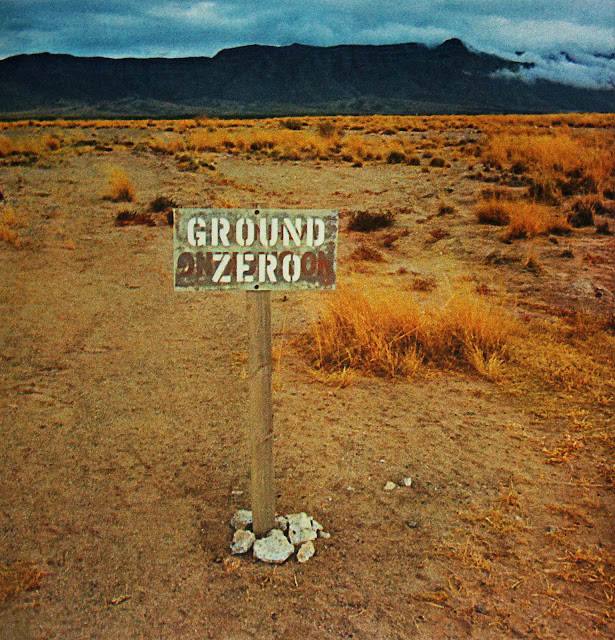‘Extinction rates are rising by a factor of up to 1,000 above natural rates. Every hour, three species disappear. Every day, up to 150 species are lost. Every year, between 18,000 and 55,000 species become extinct. The cause: human activities.’
- Ahmed Djoghlaf,
head of the UN Convention on Biological Diversity.
The problem, again:
The interconnected ecosystems that make up the biosphere are all dependent on
the capture, conversion and distribution of the sun’s energy through the
planetary cycling of carbon. The biosphere has proved to be fairly resilient.
Within the constraining parameters of life on earth, however, changes in
climate can have enormous consequences. Interventions, human or non-human, that
impact ecosystems and the carbon cycle can result in irreversible losses of
biodiversity and trigger abrupt and uncontrollable climate changes. The
contemporary form of human society – the global social process we know as
capitalist modernity – has initiated both a new mass extinction event and
global warming. As a result, tens of thousands of life forms will be
‘disappeared’ and millions of people will lose, directly or indirectly, their
lives, health or homes through famine, drought, illness and war. These
processes are already unfolding. The urgent question is: how far will they go?
Put differently, the
problem is the dominant social process and the difficulty in changing it. The
social process, organized to maximize capital accumulation and channeled
through a rivalrous interstate system, compels all individuals to compete for
places in a national economy and compels all states to promote and defend one
national economy against all others. Growth, measured in Gross Domestic
Product, is a given. By this logic, capital and biosphere are caught in a relation
of antagonism, setting up endless and dreary struggles between the claims of
jobs and environment, profits and endangered species, consumption and
biodiversity. Through this optic, climate change and mass extinction are simply
matters of national security and risk assessment. It is taken for granted that
science and technology will enable human adaptation to ecological degradation
and the weather. The national security-surveillance state is oriented toward
enforcing the current social logic, not changing it. The state’s concern is:
who can dominate in the new climate scenario? Or in other words: what must be
changed, in order to keep in place the current regime of accumulation and logic
of domination? Seen from below, however, the problem is how to change that very
logic.











